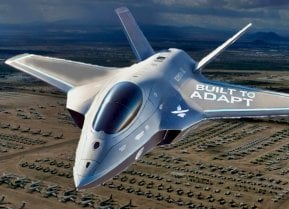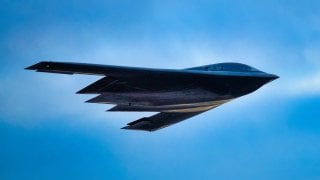China Freaked: B-2 Bomber Can Now Attack and Sink Naval Warships
During the 2024 Rim of the Pacific (RIMPAC) exercise, a U.S. Air Force B-2 Spirit bomber participated in a SINKEX, successfully sinking the decommissioned USS Dubuque using low-cost, GPS-guided bombs. This marked a rare instance of a strategic bomber engaging a naval target since World War II.
Summary and Key Points: During the 2024 Rim of the Pacific (RIMPAC) exercise, a U.S. Air Force B-2 Spirit bomber participated in a SINKEX, successfully sinking the decommissioned USS Dubuque using low-cost, GPS-guided bombs. This marked a rare instance of a strategic bomber engaging a naval target since World War II.
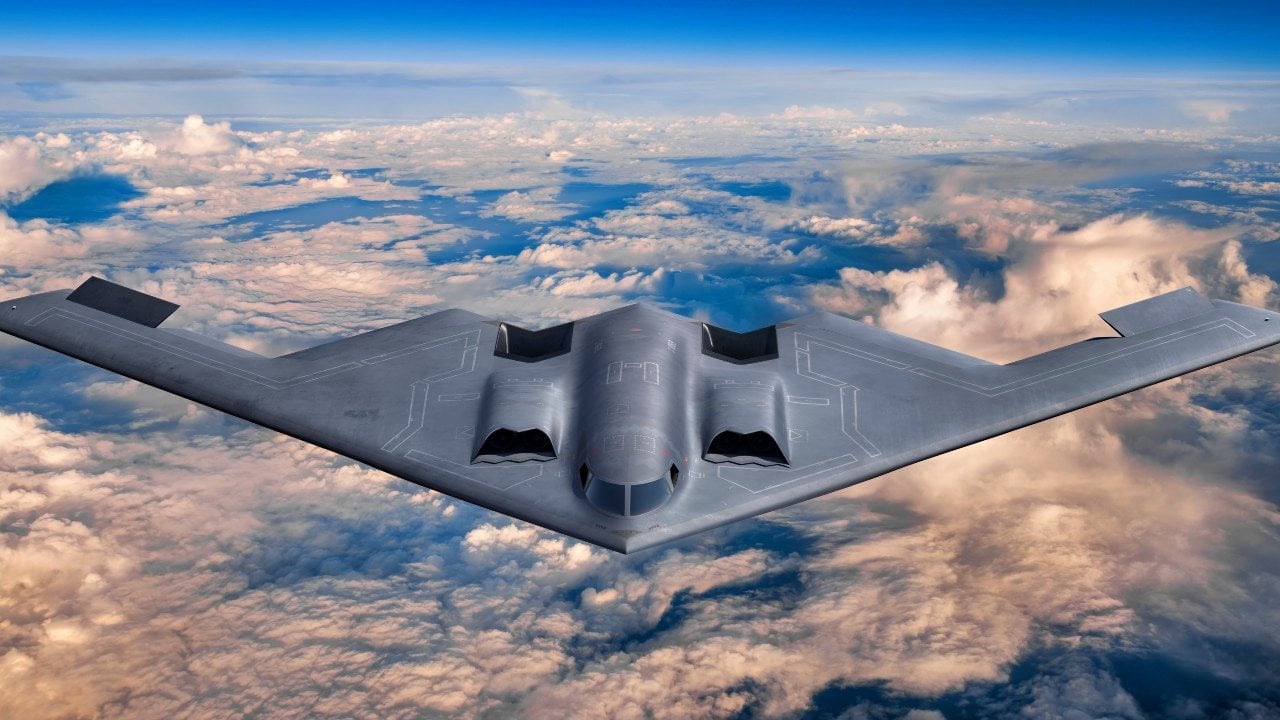
-The exercise, which also included the sinking of the USS Tarawa, provided valuable data on the effectiveness of various weapons against large warships.
-The B-2's involvement highlighted the potential of air-delivered ordnance in maritime operations, showcasing the flexibility and capability of the joint force in neutralizing maritime threats.
B-2 Bomber Sinks Warship in RIMPAC 2024: A Rare Maritime Strike
During the Second World War, the United States Navy's SBD Douglas SBD Dauntless dive bombers destroyed four Imperial Japanese Navy aircraft carriers at the Battle of Midway on June 4, 1942. However, since the Second World War long-range strategic bombers have largely been employed against targets on land not at sea.
That is until back in July when a United States Air Force B-2 Spirit aided in the sinking of a warship while employing relatively inexpensive GPS-guided bombs. Of course, it wasn't an enemy vessel, but rather the ex-USS Dubuque (LPD-8) – an Austin-class amphibious transport dock – that was sunk as part of a carefully coordinated SINKEX during the ongoing Rim of the Pacific (RIMPAC) 2024 exercise.
"SINKEX, short for 'sink at-sea live-fire training exercises', is a program run by the United States Navy that arranges for decommissioned Naval warships to be used in live-fire training. This gives Navy personnel the opportunity to use real ammunition on practical targets and apply what they learn to future conflict, practicing gunnery, missile drills, torpedo accuracy, and even special warfare operations," explained the U.S. Department of Transportation's Maritime Administration (MARAD).
The United States Navy noted that "SINKEXs are conducted only after the area has been surveyed for the presence of people, marine vessels, aircraft, and marine species. SINKEXs are fully compliant with the National Environmental Policy Act, Marine Mammal Protection Act, Endangered Species Act, and a general permit under the Marine Protection, Research, and Sanctuaries Act."
Double SINKEX
This year's RIMPAC actually saw two SINKEX events. In addition to the sinking of LPD-8 on July 11, the U.S. Navy also sunk the decommissioned USS Tarawa (LHA-1) eight days later on July 19. Both of the former U.S. Navy warships were sunk in waters more than 15,000 feet deep, and more than 50 nautical miles off the northern coast of Hawaii's Kauai.
"The sinking of the ex-Tarawa included the employment of a Long-Range Anti-Ship Missile (LRASM) from a U.S. Navy F/A-18F Super Hornet. As a precise, stealthy, and survivable cruise missile, LRASM provides multi-service, multi-platform, and multi-mission capabilities for offensive anti-surface warfare," the U.S. Navy said in a statement announcing the successful SINKEX during RIMPAC 2024. "During the SINKEXs, participating units from Australia, Malaysia, the Netherlands, the Republic of Korea, and the U.S. Air Force, Army and Navy gained proficiency in tactics, targeting and live firing against surface ships at sea."
This recent SINKEX was conducted to offer an opportunity to gather data on the effectiveness of various weapons on a large warship, but it will also provide the U.S. Navy with insight into how its flattops can handle an attack.
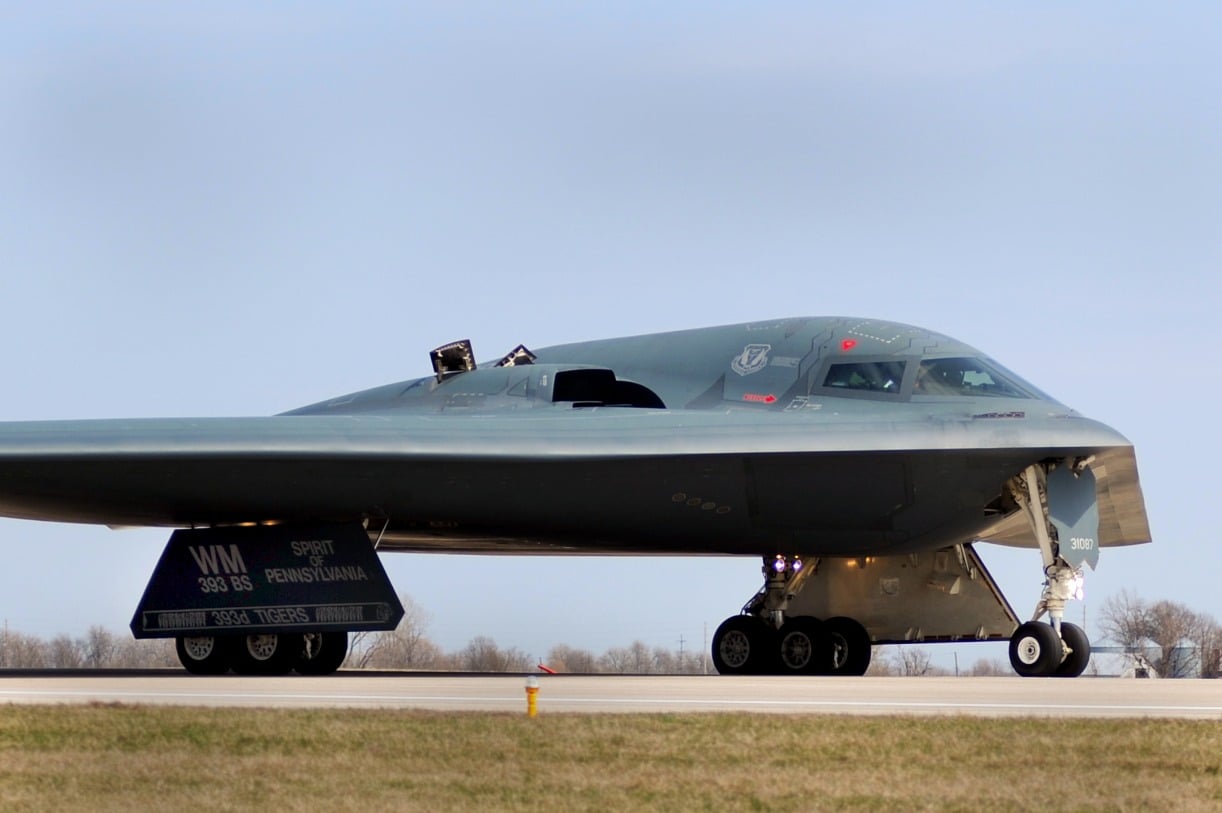
"Sinking exercises give us a chance to sharpen our skills, learn from one another, and get real-world experience," said U.S. Navy Vice Adm. John Wade, RIMPAC 2024 Combined Task Force Commander. "Using advanced weapons and seeing the professionalism of our teams during these drills shows our commitment to keeping the Indo-Pacific region safe and open."
According to a recent report from TheWarZone, the U.S. Navy had been preparing to employ the ex-LHA-1 in the SINKEX since at least 2022, while her sister ship, the ex-USS Peleliu (LHA-5) could also be used as a future floating target. The ex-USS Belleau Wood (LHA-3) was sunk in 2006, while five of the seven Wasp-class amphibious assault ships – which preceded the Tarawa class – were also sunk in past RIMPAC SINKEXs, per TheWarZone.
B-2 Bomber in a SINKEX
As noted, the use of an Air Force bomber in a SINKEX was unique, but it proved that low-cost, air-delivered ordnance could defeat a surface vessel through a "QUICKSINK" demonstration.
"The QUICKSINK experiment is funded by the Office of the Under Secretary of Defense for Research and Engineering and aims to provide options to neutralize surface maritime threats while demonstrating the inherent flexibility of the joint force. This capability is an answer to an urgent need to quickly neutralize maritime threats over massive expanses of ocean around the world at minimal costs," the Navy's statement added back in July.
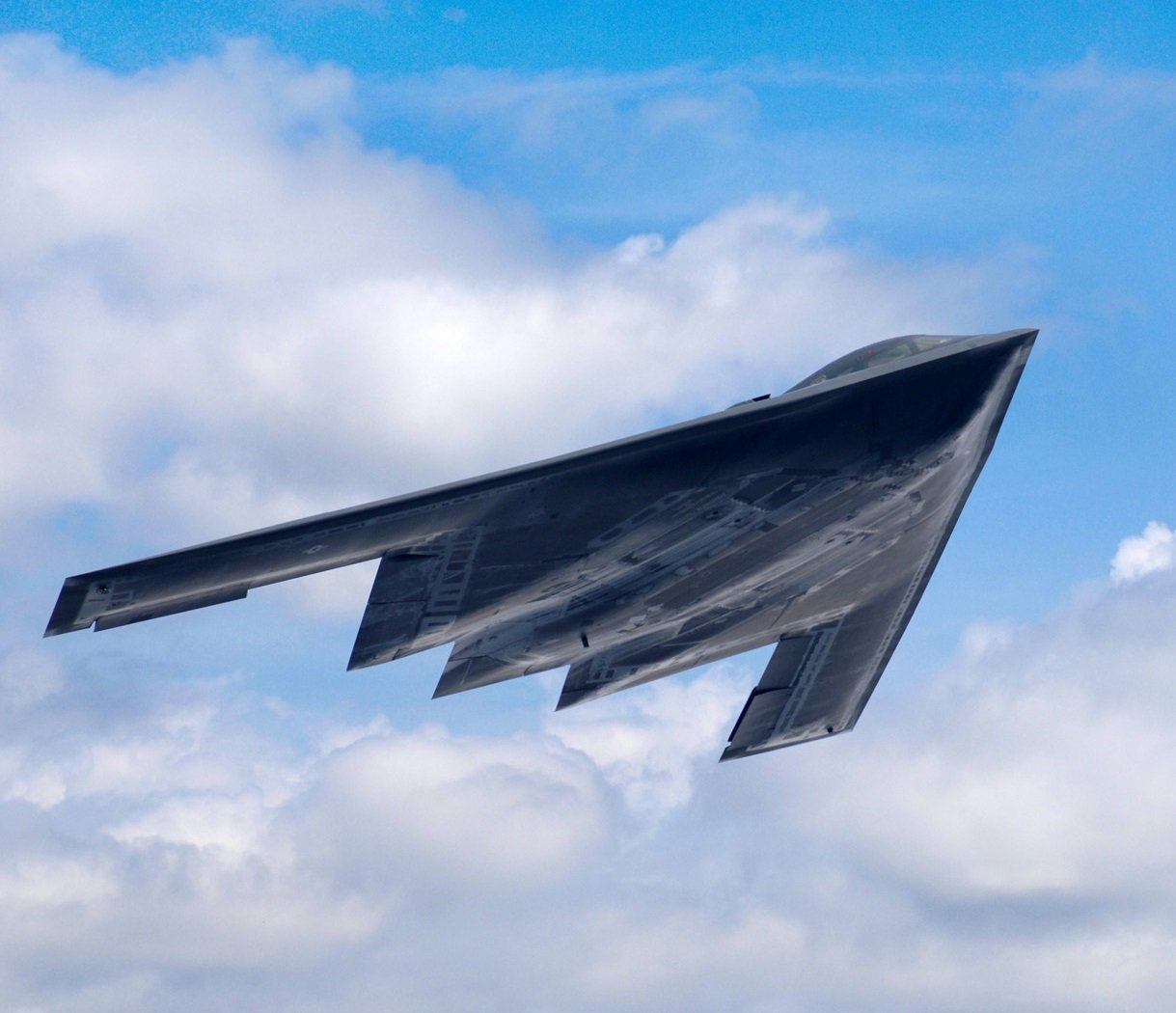
While it would likely be smaller stealth aircraft like the Lockheed Martin F-35 Lightning II that would be employed against a near-peer adversary's aircraft carrier, the U.S. Navy and U.S. Air Force showed that in addition to being able to work together, America's bombers can quickly send a warship to the bottom of the ocean!
Author Experience and Expertise: Peter Suciu
Peter Suciu is a Michigan-based writer. He has contributed to more than four dozen magazines, newspapers, and websites with over 3,200 published pieces over a twenty-year career in journalism. He regularly writes about military hardware, firearms history, cybersecurity, politics, and international affairs. Peter is also a Contributing Writer for Forbes and Clearance Jobs. You can follow him on Twitter: @PeterSuciu. You can email the author: [email protected].
Image Credit: Creative Commons.
